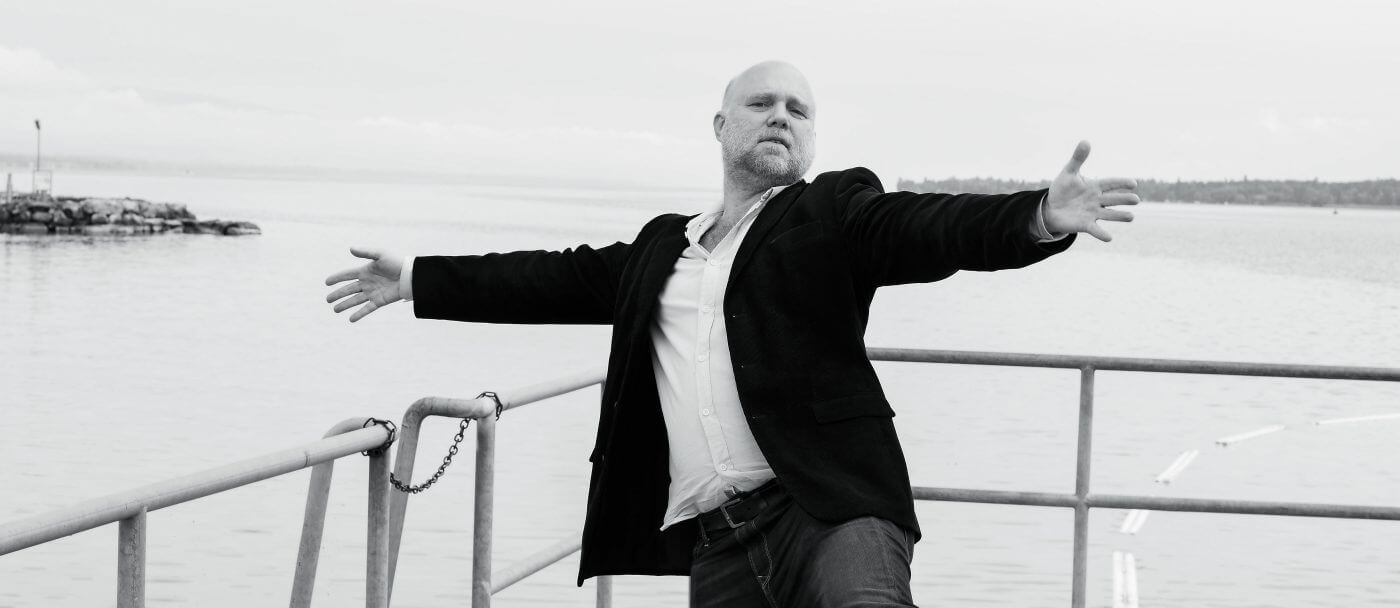The Centre de la photographie Genève is thrilled to present to you it’s next exposition from the Geneva born artist, Christophe Rey (*1967) who will be showcasing up to 450 photos.
Christophe Rey
Presentation of Christophe Rey’s literary work “Tap dance and ornithology” (2018) during the opening
Saturday 26.05.2018 : Night of the Museums
Two visits in the presence of Christophe Rey
19:00 and 20:00
Free admission for holders of the Night Pass to Museums
Wednesday 06.06.2018 : Conference
Marcia Arbex, INSTANT LITERATORY: MICHEL BUTOR AND PHOTOGRAPHY
19:00
The exhibition is supported by the FCAC
and Leica
leica-store-geneve.ch/de
These images will all be selected and extracted from a photographic corpus that includes part of a work in progress initiated by the artist in August 2008 during a trip in the southwestern United States. This corpus now includes about 11,400 so-called analogical photographs, taken in the United States, London (2011), in Northeast France (2011 and 2012), Kyoto and Osaka (2012), Naples (2013), in Venice (2013 and 2014), as well as during repeated stays between 2008 and 2017, in the Swiss Alps and in the South of France. Although the destinations are very different from each other, the photographs taken during these travels find a unit between them by using, each time, a device Leica M6 photographic (35mm lens), with Fujicolor film films Professional 400H thirty-six breaks. During these trips, Christophe's photographic concerns Rey have been recurrent, revolving around tourist places and activities : views of famous landscapes and cities / tourists on guided tours / tourists taking photographs / tourists eating in restaurants, etc. But, although still based on his starting point, Christophe Rey exceeded it in a number of shots. Thus the spectators will discover in the exhibition underlying forms of recurrence of the subject basic, such as: rituals of photographs of vernacular architecture / passers-by on sidewalks / shops / garbage / streets, roads and paths / cars on the road / people crossing pedestrian crossings / isolated objects on floor surfaces / trees / flowers in bouquets / sculptures, figures of characters more or less frightening / posts / drawings formed by natural elements or cultural / textual inscriptions / and also: friends, friends of the photographer. Unlike a Martin Parr, Christophe Rey's work is neither cynical nor ironic like a Nicolas Faure. Christophe Rey does not consider himself out of the picture of the tourism industry, one of the world's largest industries (10% of the World GDP) with its 1260 billion in turnover and its billions of passengers, but as part of it.
The exhibition will be presented in the form of a frieze of photographic prints 13 x 18 cm format (alternately either vertical or horizontal views), unfolding next to each other on a horizontal line at eye level, along the entire exhibition walls of the photography (77 meters), thus strictly following the architecture of the place. From this way, an a priori decorative play effect will occur, a play that will be found in the recurrence of "motives" and their various deployments in the rooms.
SoutiensSponsors
Fiche d'artisteArtist file
Christophe Rey studied art at the École Supérieure d’Arts Visuels in Geneva. He practices drawing, photography, writing essays on art and architecture, short plays he calls “piécettes”, film projects and haikus. Since 2003, he has been teaching the History of Photography at the École Cantonale d’Art de Lausanne. Christophe Rey’s artistic work relates to his travels around the Pacific Ocean, as well as his stay in Vancouver, British Columbia, when he lived [...]
Christophe Rey studied art at the École Supérieure d’Arts Visuels in Geneva. He practices drawing, photography, writing essays on art and architecture, short plays he calls “piécettes”, film projects and haikus. Since 2003, he has been teaching the History of Photography at the École Cantonale d’Art de Lausanne. Christophe Rey’s artistic work relates to his travels around the Pacific Ocean, as well as his stay in Vancouver, British Columbia, when he lived in the recess of a brick building called Shaugnessy Lodge.
